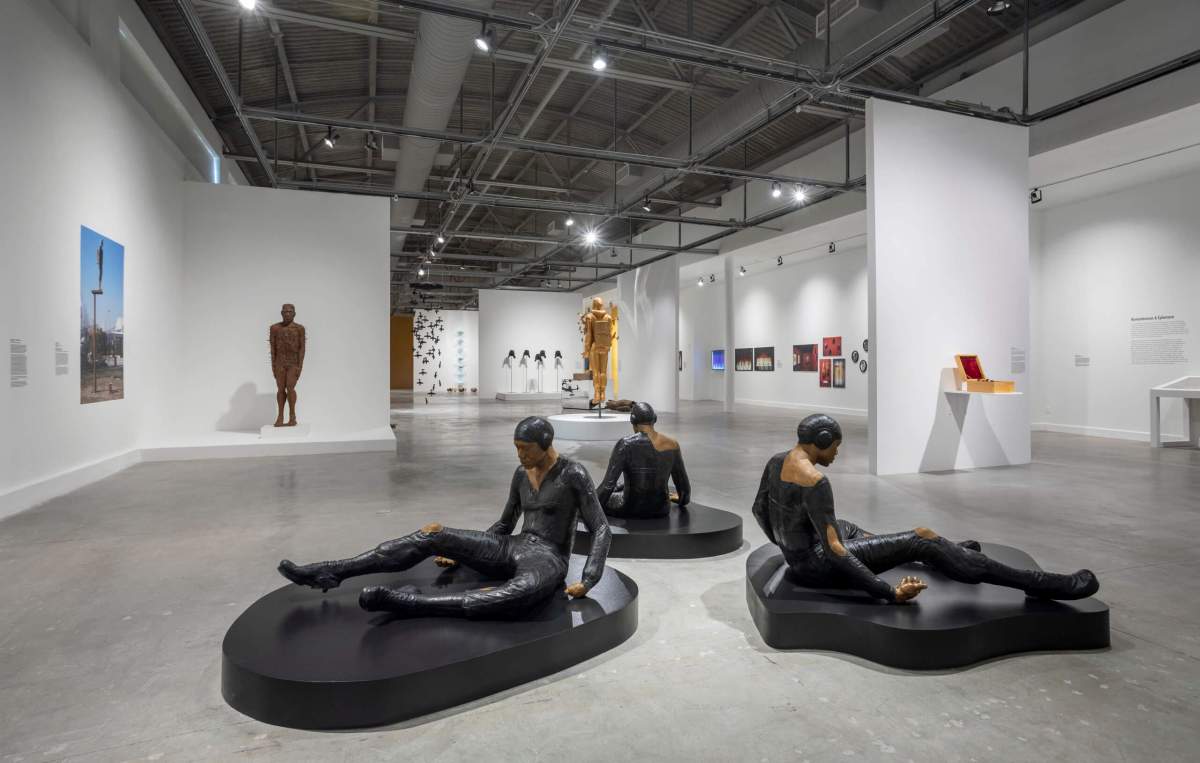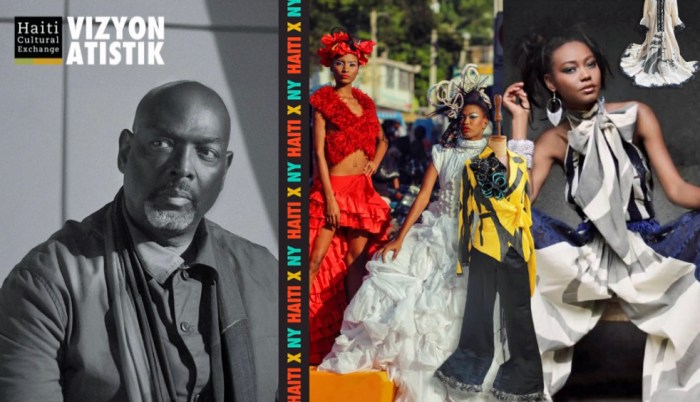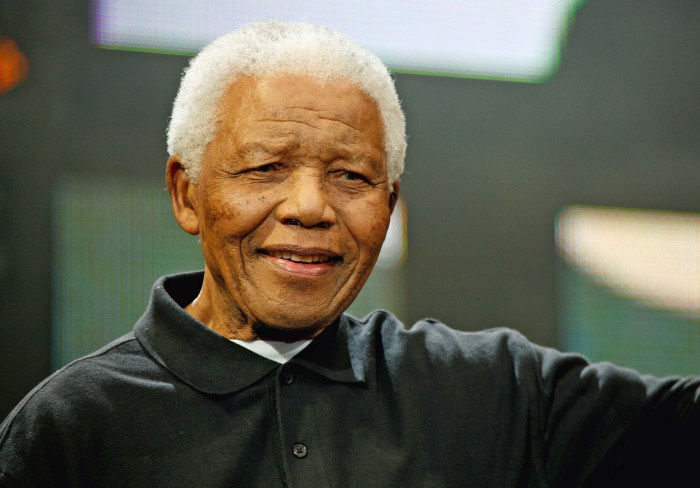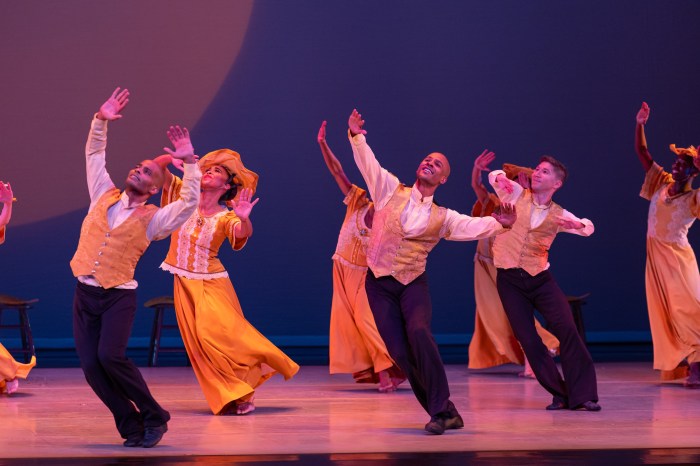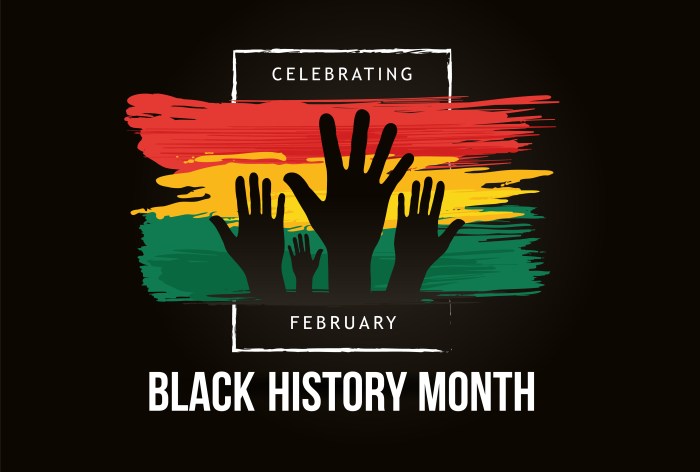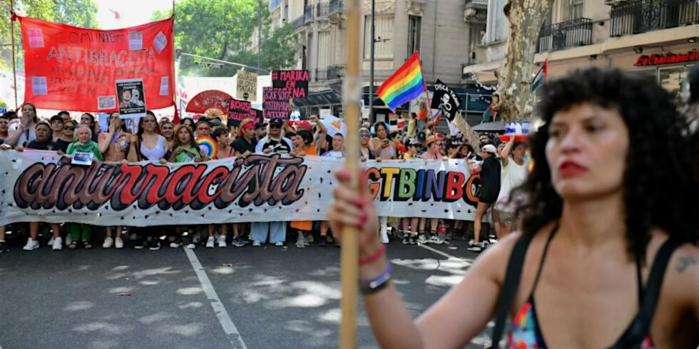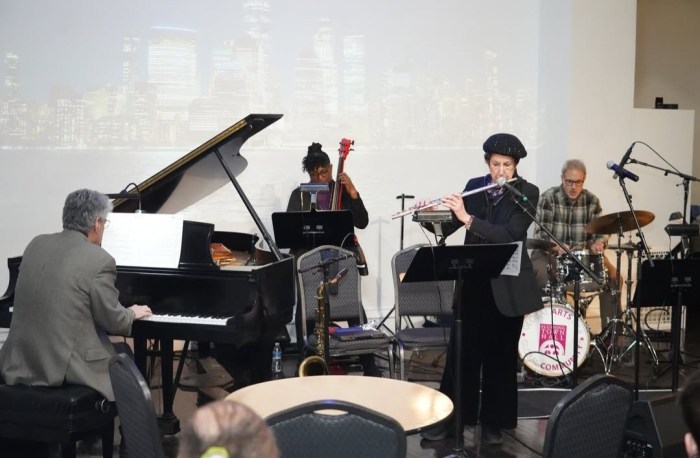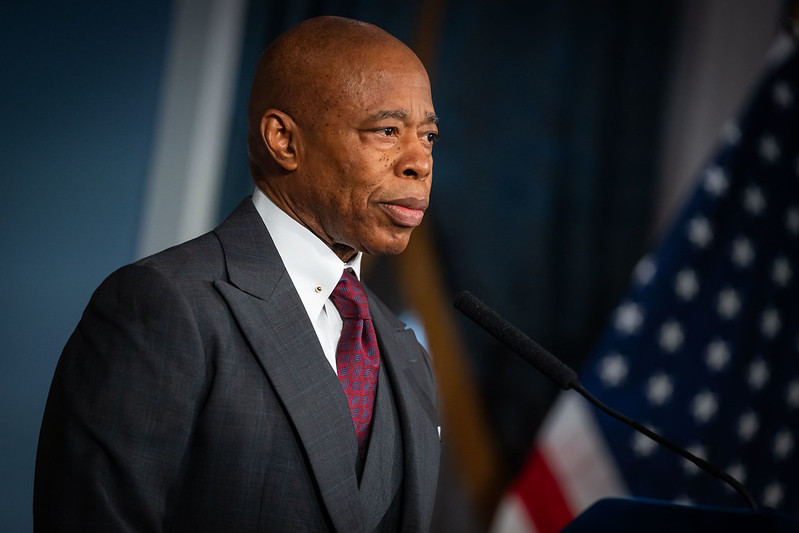The Museum of Contemporary Art North Miami (MOCA) says it is “pleased to present” the exhibition “Michael Richards: Are You Down?”— the first museum retrospective of the work of Michael Richards, exhibiting both his extensive sculpture and drawing practice.
Of Jamaican and Costa Rican lineage, Michael Richards was born in Brooklyn in 1963, raised in Kingston, the Jamaican capital, and came of age between post-independence Jamaica and post-civil rights era America.
Tragically, Richards passed away on Sept. 11, 2001 while working in his Lower Manhattan Cultural Council World Views studio on the 92nd floor of World Trade Center, Tower One.
“At 38, Richards was an emerging artist whose incisive aesthetic held immense promise to make him a leading figure in contemporary art,” said MOCA in a statement on Tuesday, adding that Sept. 11, 2021 marks 20 years since Richards’ passing.
To honor this anniversary, Richards’ cousin Dawn Dale and “Michael Richards: Are You Down?” co-curators Alex Fialho and Melissa Levin will be in dialogue with filmmaker, visual artist and curator Tiona Nekkia McClodden to discuss the ongoing work of stewarding artists’ legacies.
The event, titled “Conversations at MOCA: Present & Possible — Honoring Michael Richards,” will take place virtually on Zoom on Tuesday Sept. 14 at 7:00 pm.
MOCA said Dale has stored and cared for Richards’ artworks for two decades since Richards’ passing; Fialho and Levin have been engaged with curating Richards’ art since 2016; and McClodden has worked with the estates and archives of artists Brad Johnson, Essex Hemphill and Julius Eastman.
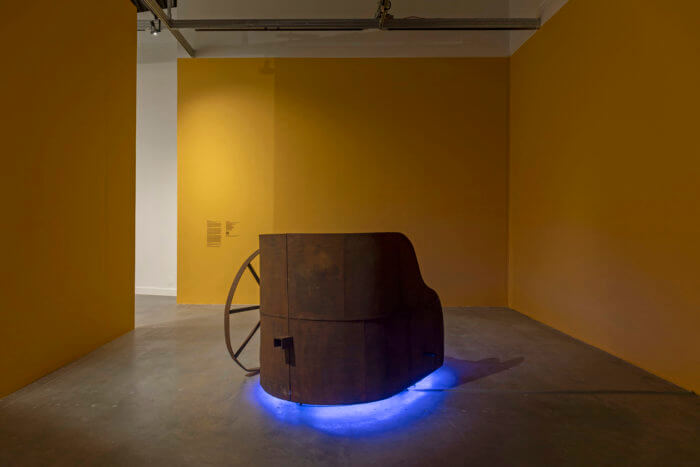
“Together, their conversation will consider the ongoing work of uplifting underknown Black artists, familial care for those who have passed, and amplifying Richards’ artistic practice in the wake of Sept. 11,” MOCA said. “Flight and aviation were central themes for Richards as an exploration of freedom and escape, ascendance and descent.
“In light of the devastating circumstances that took Richards’ life, the airplanes and pilot imagery in his powerful artworks take on an added prescience,” it added. “Richards used the language of metaphor to investigate racial inequity and the tension between assimilation and exclusion in his art.
“His artwork gestures towards both repression and reprieve from social injustices, and the simultaneous possibilities of uplift and downfall, often in the context of the historic and ongoing oppression of Black people,” MOCA continued.
In a 1997 interview, Richards said: “I think history has always been important to me because, if you examine the past, you can also read the symptoms of what is prevalent now in terms of racial associations and the relationships of power present in our society today.
“History is interesting in terms of how we mythologize it, how we accept history or interpretations of history as fact, and whose interpretation it is,” he added. “In many ways, my history is so different from the official white versions.”
MOCA said significant points of reference for Richards include the Tuskegee Airmen—the first African American pilots in United States military history — and the complexity of their triumphs in the face of segregation.
Other important influences include cultural, religious and ritual stories from African, African American, Jamaican and Judeo-Christian traditions, as well as Greek mythology, MOCA said.
“Centering his own experience, Richards also used his body to cast the figures for his sculptures, which often appear as pilots, saints, or both,” it said.
MOCA said Michael Richards had a close creative relationship to Miami, making the city and MOCA, a fitting location for this retrospective.
From 1997–2000, Richards was an artist-in-residence at ArtCenter/South Florida (now Oolite Arts), spending three months each winter for three years making work and developing community in Miami. Richards created the sculptures “Tar Baby vs. St. Sebastian” and “Are You Down?,” the exhibition’s namesake, in this studio.
“It is an honor for MOCA to host ‘Michael Richards: Are You Down?’ as Miami was one of Richards’ artistic homes,” said MOCA Executive Director, Chana Budgazad Sheldon. “His largest solo exhibition during his lifetime was at Ambrosino Gallery, previously located across the street from MOCA, in 2000; so, his connection to the North Miami community and our institution is undeniable.”


